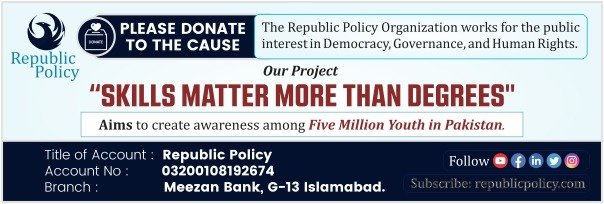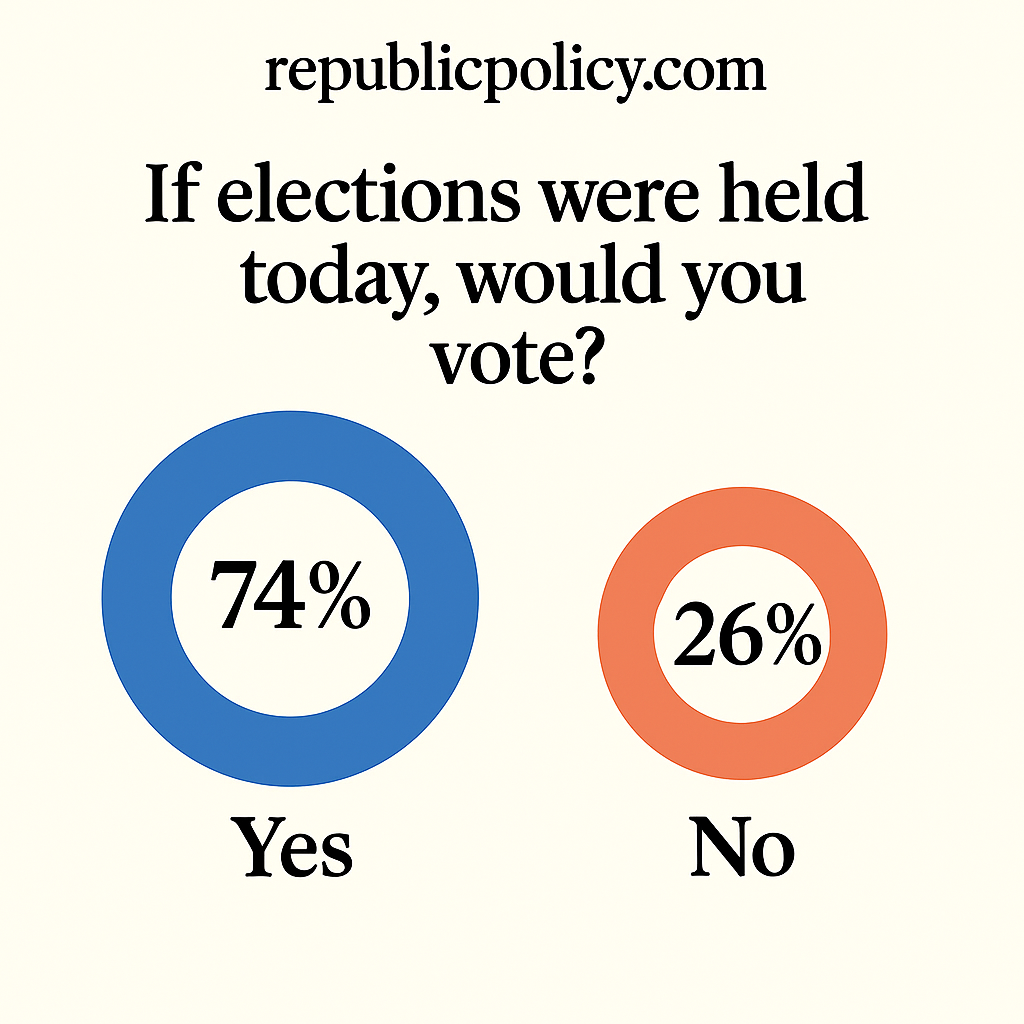Dr Bilawal Kamran
A tariff is a tax or duty imposed by a government on imported goods, designed to protect domestic industries, raise revenue, or influence trade behavior. In today’s world, tariffs are a powerful political and economic tool, often used as leverage in trade negotiations. Recently, the United States has intensified its global trade measures, imposing new tariffs on nearly every trading partner. Pakistan now faces a 19% tariff, India 25%, and Bangladesh 20%. These measures signal a shift in the global trade landscape, impacting South Asia and beyond.
The imposition of these tariffs by the US will inevitably reshape international trade flows. Higher tariffs increase the cost of exports, reduce competitiveness, and can lead to declining foreign exchange earnings for affected countries. For South Asia, where exports to the US play a crucial role in sustaining industries like textiles, garments, and IT services, these tariffs can disrupt economic stability and employment. A 19% tariff on Pakistani goods, for instance, directly threatens textile exports, which are the backbone of the country’s economy.
https://www.youtube.com/@TheRepublicPolicy
Beyond national economies, such aggressive tariff policies can create ripple effects across global trade. Tariff hikes often trigger retaliatory measures, which may lead to a chain reaction of trade wars. Countries like India, Bangladesh, and Pakistan risk losing their share in the competitive US market, forcing them to explore alternative markets in Europe, the Middle East, or Africa. However, these new markets cannot replace the scale and profitability of the American market overnight, creating long-term challenges for growth.
South Asian economies are heavily interconnected through regional supply chains. If one country suffers a decline in exports due to tariffs, it indirectly affects neighboring countries that provide raw materials, semi-finished goods, or logistics support. For example, a drop in Bangladesh’s garment exports will affect cotton suppliers in India and Pakistan. Hence, US tariffs on individual countries are likely to strain the entire regional trade network.
https://facebook.com/RepublicPolicy
In the long term, these measures could push South Asia to accelerate regional integration and explore intra-regional trade opportunities. Instead of depending primarily on the US and European markets, South Asia may enhance partnerships with China, ASEAN countries, and Africa. Moreover, this scenario underscores the urgent need for South Asian nations to negotiate better trade agreements with the US and diversify their export base to reduce vulnerability to external shocks.
Global tariffs imposed by the US under its protectionist trade policy are not just an economic issue; they reflect a larger geopolitical strategy. By leveraging tariffs, Washington is signaling that trade and foreign policy are inseparable in the modern era. South Asian countries must adapt swiftly, balancing domestic reforms with robust international diplomacy to protect their economic interests. Failure to respond strategically could mean declining exports, job losses, and slower economic growth for the entire region.














